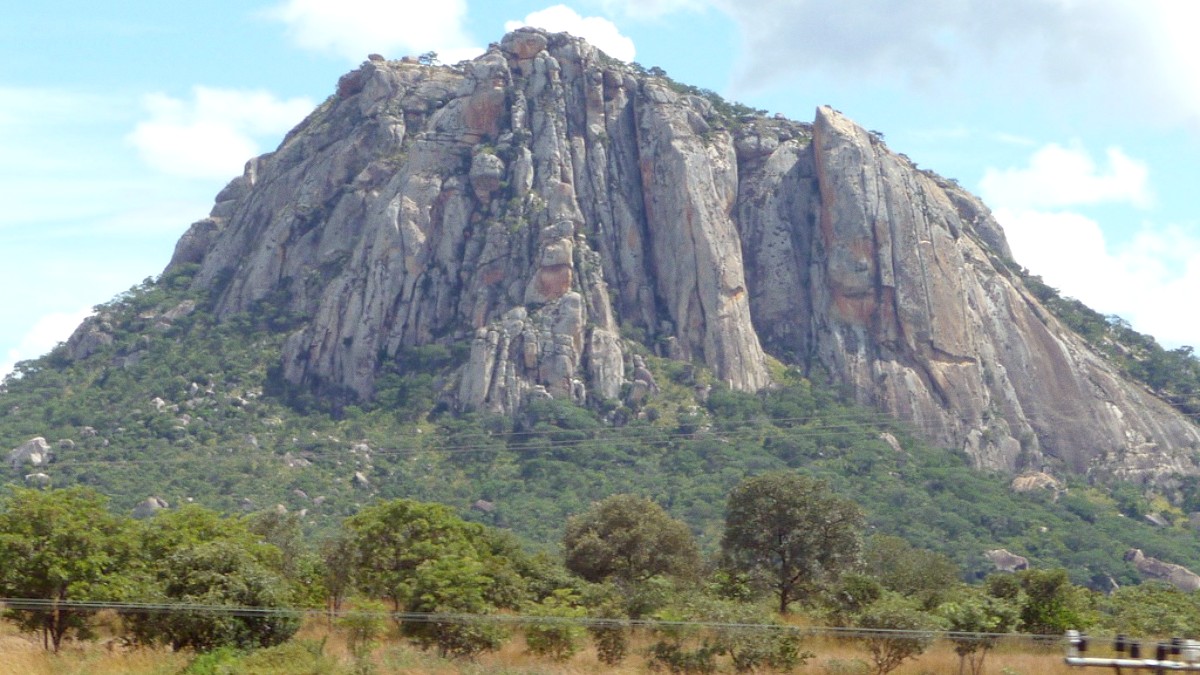
Zimbabwe
Harare does not have a metro or tram system. The main form of public transport is the "kombi" (minibus taxi).
These are privately owned 15-seater minibuses that operate on fixed routes throughout the city. They are the most common and cheapest way to get around for locals and adventurous visitors.
No official, comprehensive route maps. Routes are known by locals.
Kombi ranks (terminals) include Copacabana, Market Square, and Fourth Street.
Kombis are generally not wheelchair accessible. May be challenging for mobility issues.
Yellow or white color, roof/side signs.
Hailing on street or at ranks (hotels, malls).
Many operate on negotiated fares; agree before journey.
Predominantly cash (USD). Have smaller bills.
Consider rental options for more independence.
Less common for tourists. Not a recommended mode of transport due to varied road conditions and traffic.
No widespread bicycle sharing programs exist. Some hotels may offer rentals, but cycling on main roads can be hazardous.
Harare does not have tuk-tuks, jeepneys, or similar specialty vehicle options for public transport.
Explore Harare by foot or bike in suitable areas.
Harare has very limited dedicated bicycle lanes. Cycling on major roads is not recommended.
Due to traffic and safety concerns.
If you do cycle, wear a Helmet and make sure you are highly visible to drivers.
Prioritize your visibility.
Avoid walking or cycling alone in the CBD or high-density suburbs after dark.
Be cautious on busy roads lacking pavements.
Embrace the local rhythm. Patience and an open mind truly enrich your Harare experience.
Plan your routes in advance, especially if relying on kombis.